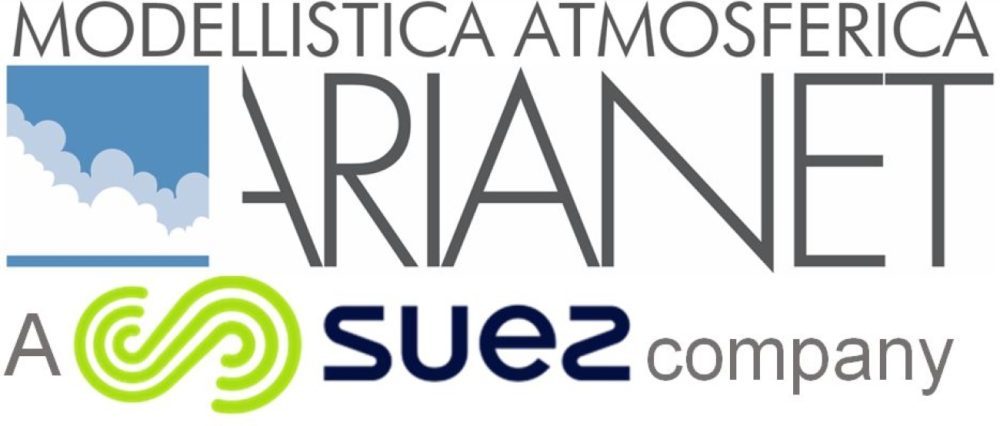SUEZ ARIANET’s participation in the 8th edition of the course “Control and Reduction of Atmospheric Emissions from Industrial Activities,” organized by FAST – the Federation of Scientific and Technical Associations, concluded yesterday. The event offered an opportunity to present a perspective on the applications of air quality modeling at both local and regional scales.
In the first module, Daniela Barbero showcased several local-scale applications, ranging from modeling accidental releases of toxic substances in industrial settings to fires involving mixed waste materials. Her presentation also covered urban traffic network modeling and comparisons between different dispersion models, including Gaussian, puff, and Lagrangian particle models such as SPRAY.
Nicola Pepe, on the other hand, highlighted some of the most established regional-scale modeling applications, including forecasting systems for Regional Environmental Protection Agencies, support for annual reporting, air quality assessments, and background concentration estimations for various pollutants.
More advanced applications were also presented, such as source apportionment analyses conducted both for Regional Agencies and private entities, as well as studies carried out within European research projects exploring the links between climate change and air pollution.
Yesterday, during the third module, the focus was specifically on using modeling tools for Environmental Impact Assessments (EIA) of industrial sites.
Daniela Barbero, together with Professor Giovanni Lonati from Politecnico di Milano, opened the session with a theoretical overview of dispersion models, discussing the assumptions behind different modeling approaches and stressing the importance of high-quality input data — particularly meteorological and emissions data.
Several case studies were then presented, comparing Gaussian, puff-based Lagrangian, and particle-based models, highlighting their respective characteristics and areas of application. The use of different emission scenarios was also explored to assess their impacts and practical potential.
Finally, the issue of odour impact was addressed, starting from the recent guidelines provided in the Italian national framework. Various methods were presented for estimating peak odour concentrations, useful in effectively identifying potential odour nuisances.
The contribution was designed for industry professionals, with the aim of enhancing understanding of modeling tools in the management of air quality.
Full presentations (in italian) available here:
